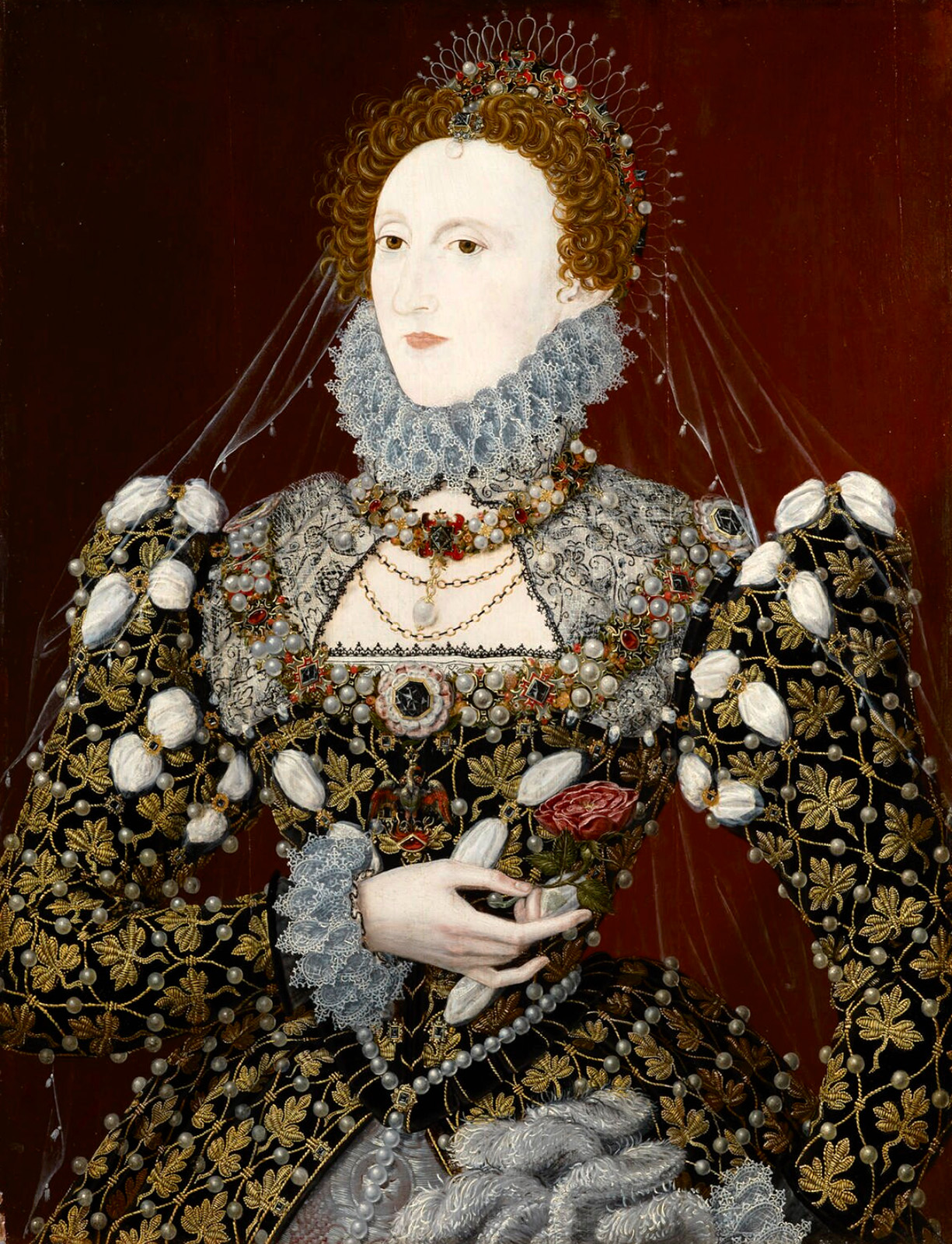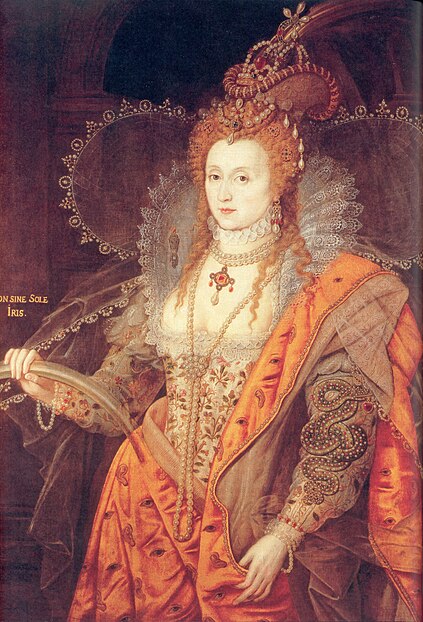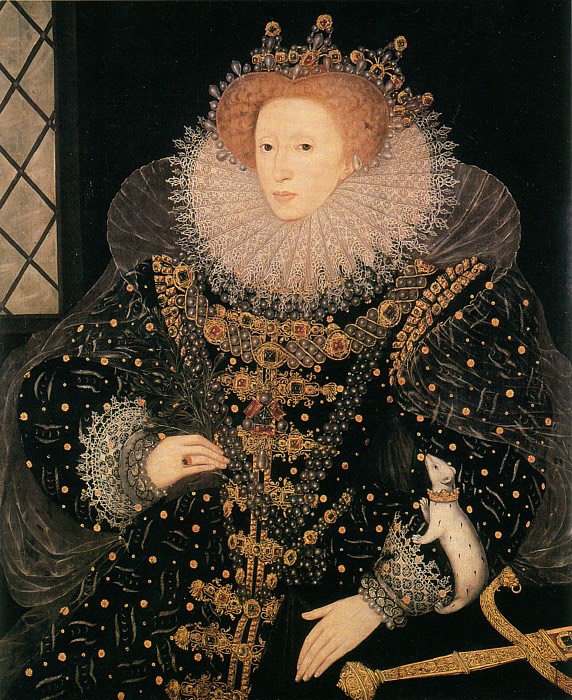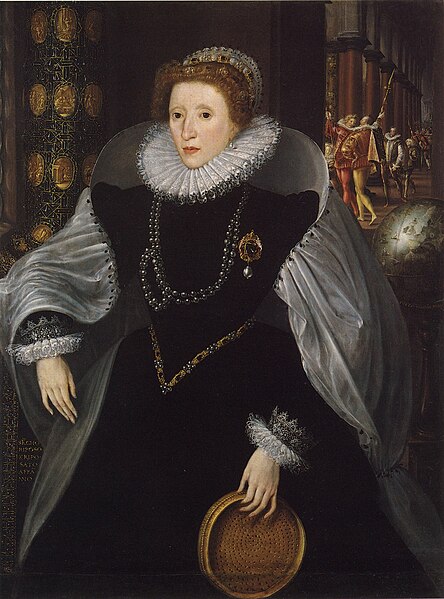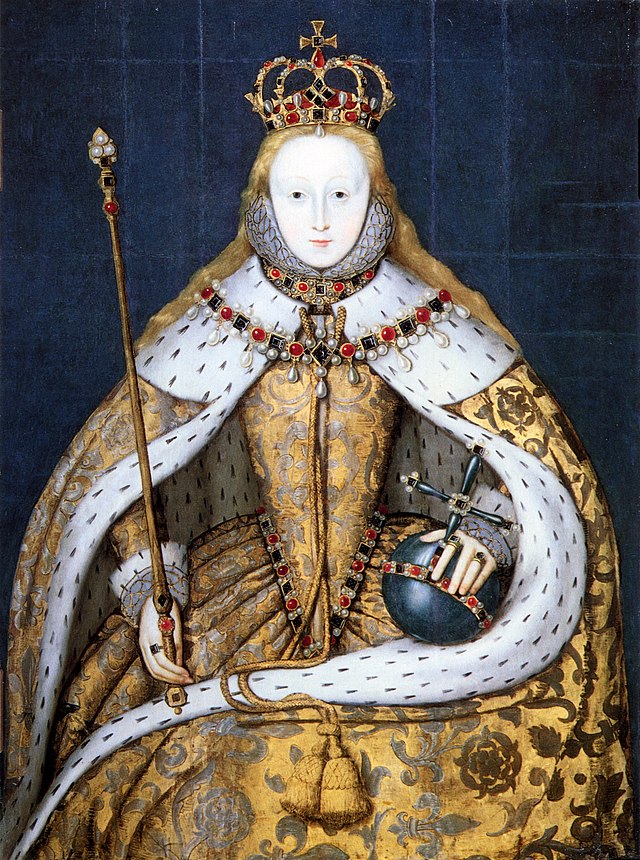Equipments:
ü Sectioning clips
ü Hair pins
ü Bobby pins
ü An apron
ü A paddle brush
ü Hair tong
ü Hair crimper
ü A pad
Step 1: Told ur model that
you are going to wash your hands before getting started. Ask the model to put
on the apron.
2: Separate the hair into two
parts, the top of the hair, use the hair tong to curl them. Before curling it, separate
the top part of the hair evenly into two parts which will result a middle
parting. Take small pieces of hair and curl it. After finish each curls, secure
the shape with a bobby pin.
3: After finished curling the
top part of the hair, crimp the back part of the hair using the hair crimper.
4: Measure where you are
going to put the padding on the head and if you have found the place you want
to place the padding, separate the back of the hair into two parts. Create a
plait on the area you want to secure the padding on and plait it horizontally.
After that, secure it with bobby pins.
5: Use the bobby pins to pin the pad onto the plait. Then grab and wrap the bottom part of the hair around the pad and put the top part of the hair over so the pad and no gaps will be seen. Secure the hair with hair pins.
6: Finally, remove the bobby
pins from the curls and you can move around the curls and you can decide where
you want to place them.
 |
| Before Model: Mireia Lopez |
 |
| After |
Thoughts about the lesson:
I found it very different working on other people’s hair and
the practice head. Because my model has nature curly hair, I found it more
challenging to do this hairstyle. To improve next time, I should place the
padding higher so it will be seen more clearly at the front.



